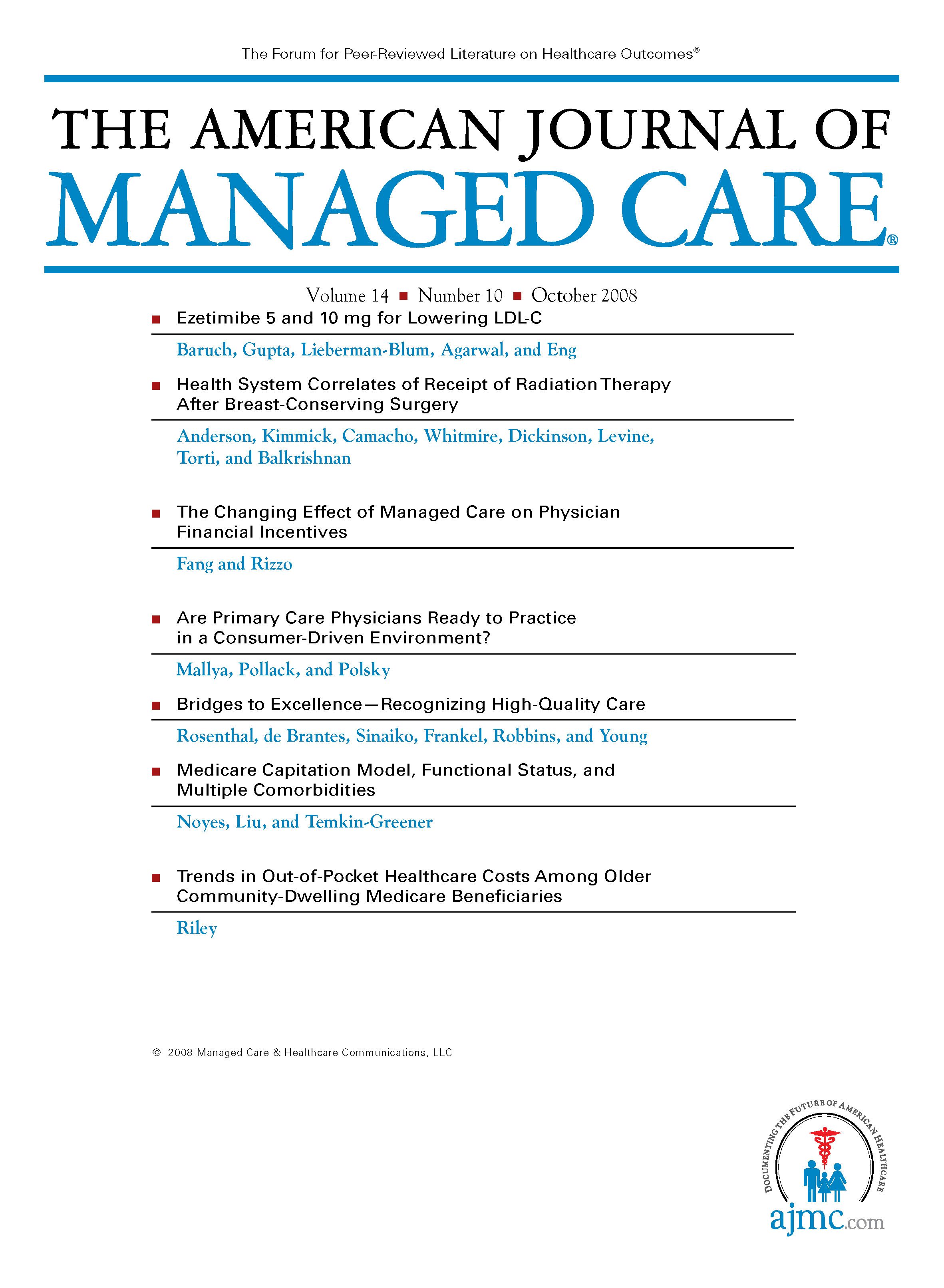- Center on Health Equity & Access
- Clinical
- Health Care Cost
- Health Care Delivery
- Insurance
- Policy
- Technology
- Value-Based Care
Correspondence regarding, "Univariate solutions in a multivariate world: Can we afford to practice as in "the good old days"?
TO THE EDITORS
I just read the commentary by McMahon et al.1 I very much support their arguments and would like to share a 30-year-old anecdote.
In the early 1970s, as a graduate student at Carnegie-Mellon University, I was involved in a project that applied cost-effectiveness analysis to medical screening tests in use at that time, one of which was Pap smears. The faculty concluded that cervical cancer screening was not cost effective, based on a mathematical model that used the low overall incidence of cervical cancer, among many other inputs. I and another student independently re-did the analysis, separating the data by ethnicity and age. We found that screening guidelines should vary by both the woman's ethnicity and age.
Thirty years on, this concept of targeting screening or treatment to those for whom it would most benefit and not providing it to those for whom it would least benefit is still not accepted. Some may say this is rationing–if so, it is rationing based on clinical and epidemiologic information. In a society with limited resources for government programs such as Medicare and Medicaid, and with 48 million people without health insurance coverage, rationing based on clinical and epidemiologic information is preferable to rationing based on economic criteria.
W. P. Carey School of Business
Bradford Kirkman-Liff, DrPH

Trends in Hospital Pricing for Vulnerable Emergency Department Users, 2021-2023
December 4th 2025Self-pay emergency department prices rose significantly from 2021 to 2023, especially at for-profit and system-affiliated hospitals, highlighting growing affordability challenges for uninsured and underinsured patients.
Read More
Integrated Care for Chronic Conditions: A Randomized Care Management Trial
December 3rd 2025The authors sought to understand the differential impact of payer-led community-based care management approaches on stakeholder-oriented outcomes for publicly insured adults with multiple chronic conditions.
Read More

